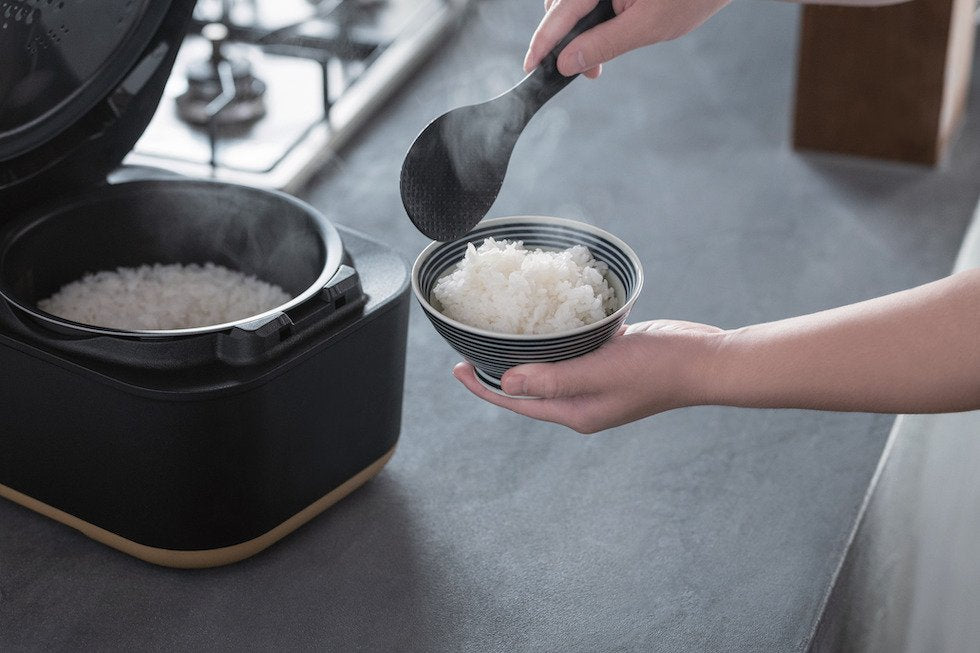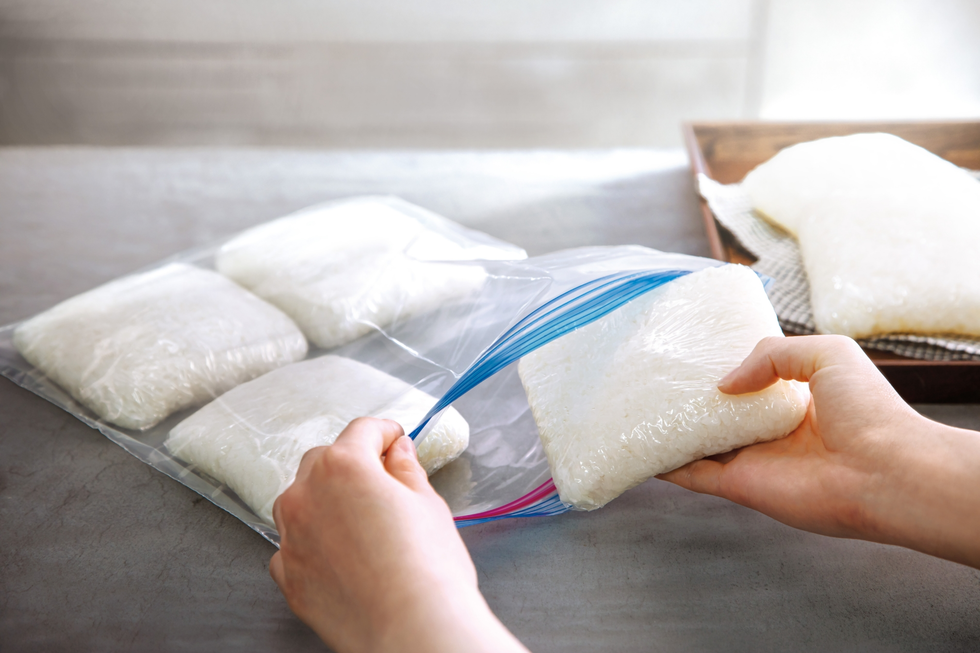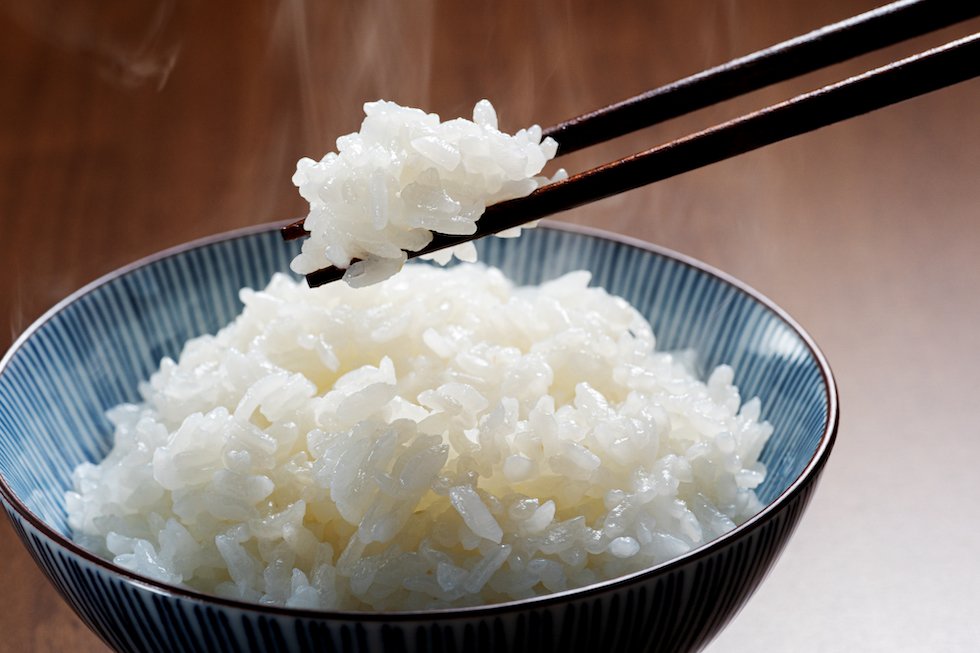The Bottom Line (Quick Summary)
- The Golden Rule: Always use the measuring cup provided with your rice cooker.
- UK Water Tip: London tap water is "Hard". Use filtered water (e.g., Brita) for soaking to avoid hard rice.
- Technique: Be gentle! Use a "claw" hand shape. Do not scrub Japanese rice like laundry.
You’ve invested in a high-quality Japanese rice cooker, but are you getting the restaurant-quality rice you expected? If your rice is turning out too dry, too mushy, or lacking that signature sweetness, the problem might not be the machine—it might be the preparation.
Cooking Japanese rice in the UK comes with unique challenges, from hard water issues to incorrect measuring habits. Based on expert advice from Zojirushi Japan, here is your ultimate guide to washing and prepping rice specifically for UK kitchens.
1. The Most Critical Step: Measuring
In the UK, we are used to measuring rice by the mug or weighing it. However, Japanese rice cookers operate on a traditional system known as "Go" (合).
Please verify your cup size:
Standard UK Cup = 250ml
Japanese Rice Cup = approx. 180ml
The water lines inside your rice cooker bowl are calibrated exclusively for the 180ml plastic cup included in the box. Using a UK mug will mess up the water ratio.
Recommendation: Always use the provided plastic cup. Fill it to the brim and level it off. If you lost the cup, weigh 150g of dry short-grain rice per serving.

Always use the clear plastic cup provided with your cooker and level the rice off accurately.
2. Why Wash? (It’s Not Just About Dirt)
Washing rice isn't just about hygiene. The primary goal is to remove excess surface starch (bran) and protein.
- Too much starch: The rice becomes gummy and smells "bran-like" over time.
- Washing too much: You strip away the flavor, nutrients, and the grains may crack.
3. The Hard Water Problem (UK Specific)
This is the secret that most manuals don't tell you. Much of the UK (especially London and the South East) has Hard Water (high calcium content).
Hard water prevents the rice grains from absorbing moisture fully, leading to harder, granular rice. It can also affect the breakdown of enzymes that create sweetness.
Use Filtered Water (Brita) or soft bottled water (e.g., Tesco Ashbeck) for the cooking water.

Top Pick for UK Kitchens
The Zojirushi IH Pressure Rice Cooker | NP-BSQ Series comes with a dedicated measuring cup and specialized settings for harder water.
View Product4. Step-by-Step: The Zojirushi Method
Step 1: The First Rinse (Speed is Key)
Dry rice absorbs water instantly—like a dry sponge. If you wash it slowly in cloudy, starchy water, the rice will absorb that "bran smell."
- Pour water into the bowl.
- Stir 2-3 times quickly with your hand.
- Immediately drain the water. (Do not let it soak in this milky water).
Step 2: The "Claw" Technique
Unlike Basmati rice, Japanese short-grain rice is soft. Do not grind the rice against the bowl with your palm.
- Make a "claw" shape with your fingers (imagine holding a tennis ball).
- Gently swirl the rice around the bowl about 30 times.
- Pour water in, stir, and drain.
- Repeat this process 2-3 times.

Use a gentle claw motion. Do not scrub.
Step 3: Check the Clarity
The water does not need to be crystal clear. A little cloudiness (foggy) is perfect. If the water is completely clear, you may have washed away the "Umami" (savory taste).
5. Avoid These Common Mistakes (NG Actions)

❌ **NG:** Aggressive scrubbing will break the grains, resulting in mushy rice.
- ❌ Using Hot Water: Never wash rice with warm or hot water. Heat activates the enzymes too early, breaking down the sweetness before cooking even begins. Always use cold water.
- ❌ Letting it dry out: Once washed, don't let the rice sit in a sieve for too long, or the grains will crack. If you aren't cooking immediately, keep it submerged in water.
FAQ: Common Questions
Q: Can I cook UK supermarket rice in a Japanese Rice Cooker?
A: Yes! Brands like Yutaka or Nishiki (often found in Sainsbury's or Waitrose) work well. Even "rinse-free" rice benefits from a quick rinse.
Q: My rice is consistently too hard, even with the correct cup?
A: This is likely the hard water. Try adding a tiny bit more water (1-2mm above the line) or switching to filtered water. Also, ensure you aren't using "Quick Cook" mode, which skips soaking.
Ready for perfect rice?
Upgrade your kitchen with our authentic selection.
Shop Japanese Rice Cookers (UK Plug)



